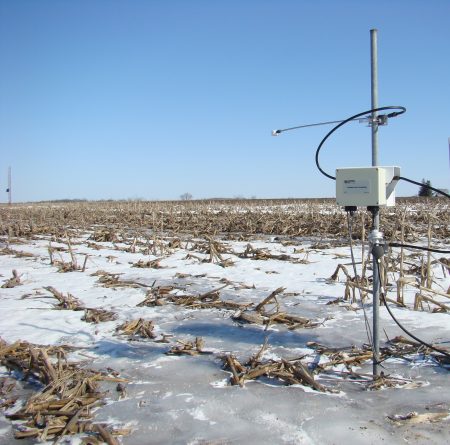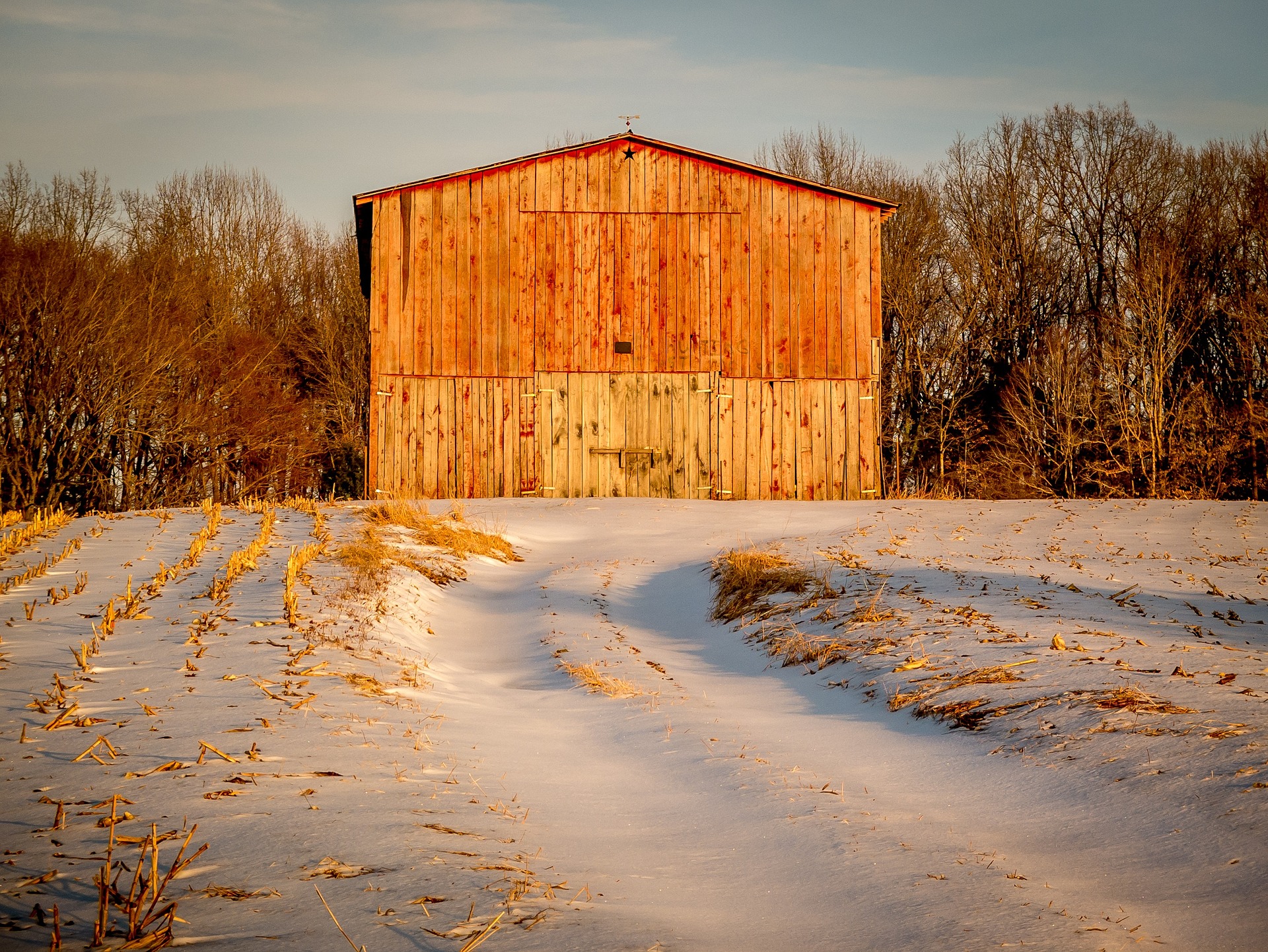Agriculture and Climate Change
"It's a side-effect of agriculture that could be addressed with some relatively simple measures."
"We are always going to have to eat, so this is not going to go away."
Professor Claudia Wagner-Riddle, Atmospheric Sciences, University of Guelph
"It was surprising to see the results."
"I don't think anyone would have expected that."
Ron Bonnett, president, Canadian Federation of Agriculture

A horse stands on a fog-shrouded hill at a farm
on Shannonville Road in Tyendinaga Township northeast of Belleville,
Ont. Luke Hendry/Postmedia
A team of Guelph researchers led by Professor Wagner-Riddle placed devices on agricultural fields in Ontario and Manitoba, to automatically analyze gases flowing upward into the atmosphere from the fields for periods of fourteen and nine years respectively. The data collected was used by the researchers to account for yearly variations in conditions. Readings were gathered as well from another ten Canadian locations. Nor were the U.S., Japan, China and Germany ignored, for data was collected from those sources as well.
The researchers took that bounty of information, then proceeded to extrapolate their findings to cropland worldwide in landscapes subject to freeze-and-thaw cycles, transiting the seasons from winter to spring. The conclusion reached in this study was that the unique process of cropland freeze-and-thaw cycles churn out a teragram -- one billion kilograms -- of nitrous oxide annually. This data has never before been quantified.
 |
| U of G developed technology used to monitor and measure nitrous oxide emissions from thawing croplands. University of Guelph |
Nitrous oxide is more commonly referred to as laughing gas, used as a dental anaesthetic. It accounts for something in the range of under ten percent of greenhouse gas emissions. Its presence in the atmosphere, however, is no laughing matter since it is close to 300 times as capable as carbon dioxide at trapping energy relating to the greenhouse gas effect believed to be at the core of our warming planet.
While it has been known for quite awhile that agriculture represents a primary source of nitrous oxide emissions resulting from the nitrogen-based fertilizer used worldwide in the production of food, the impact of fields in northern climates that freeze during the winter, then thaw has never before been evaluated. Now, the study published in the journal Nature Geoscience definitively points out that as ground defrosts, microbial activity releases nitrous oxide into the environment.
The study's conclusion quantifying the contribution of agriculture to production of nitrous oxide is that the issue has been underestimated by 17 to 28 percent. And because of its contribution to global warming, where climate change effectively reduces the amount of snow serving as an insulating layer over soil in winter, the ground may, as a result be more likely to freeze, ensuring the thaw will produce conditions leading to the release of nitrous oxide into the atmosphere.
 |
| Spring thaw of croplands is a big and overlooked contributor to global greenhouse gas emissions, according to a first-ever study by University of Guelph researchers. University of Guelph |
Dr. Wagner-Riddle feels that the contribution of agricultural fields' springtime release of the gas merits countermeasures. Even recognizing that industrial sources of pollution are greater than the greenhouse-gas expelled by croplands the issue should be a source of concern. Farmers should be encouraged to leave nitrogen-absorbing "cover crops" on fields throughout the winter. Farmers, aware of their part in the climate-change phenomenon which includes methane emissions from livestock manure, are likely to want to be involved in altering the equation.
Mr. Bonnett of the Canadian Federation of Agriculture has stated that many Canadian farmers already have seen the merits involved in no-till farming, some using cover crops at the present time and recognizing the benefits of both measures being useful to farming itself, while the fact that it enhances the environment is considered an additional, valuable bonus.
So the issue of planting cover crops to remain in the earth over winter, along with no-till farming, where the ground is not ploughed up and crop remnants ploughed under, post-harvest, are known to reduce nitrous oxide emissions, while at the same time making less work for the farmer in a more efficient technique that has growing acceptance among the farming community.
Labels: Agriculture, Climate Change, Environment, Greenhouse Gas


0 Comments:
Post a Comment
<< Home